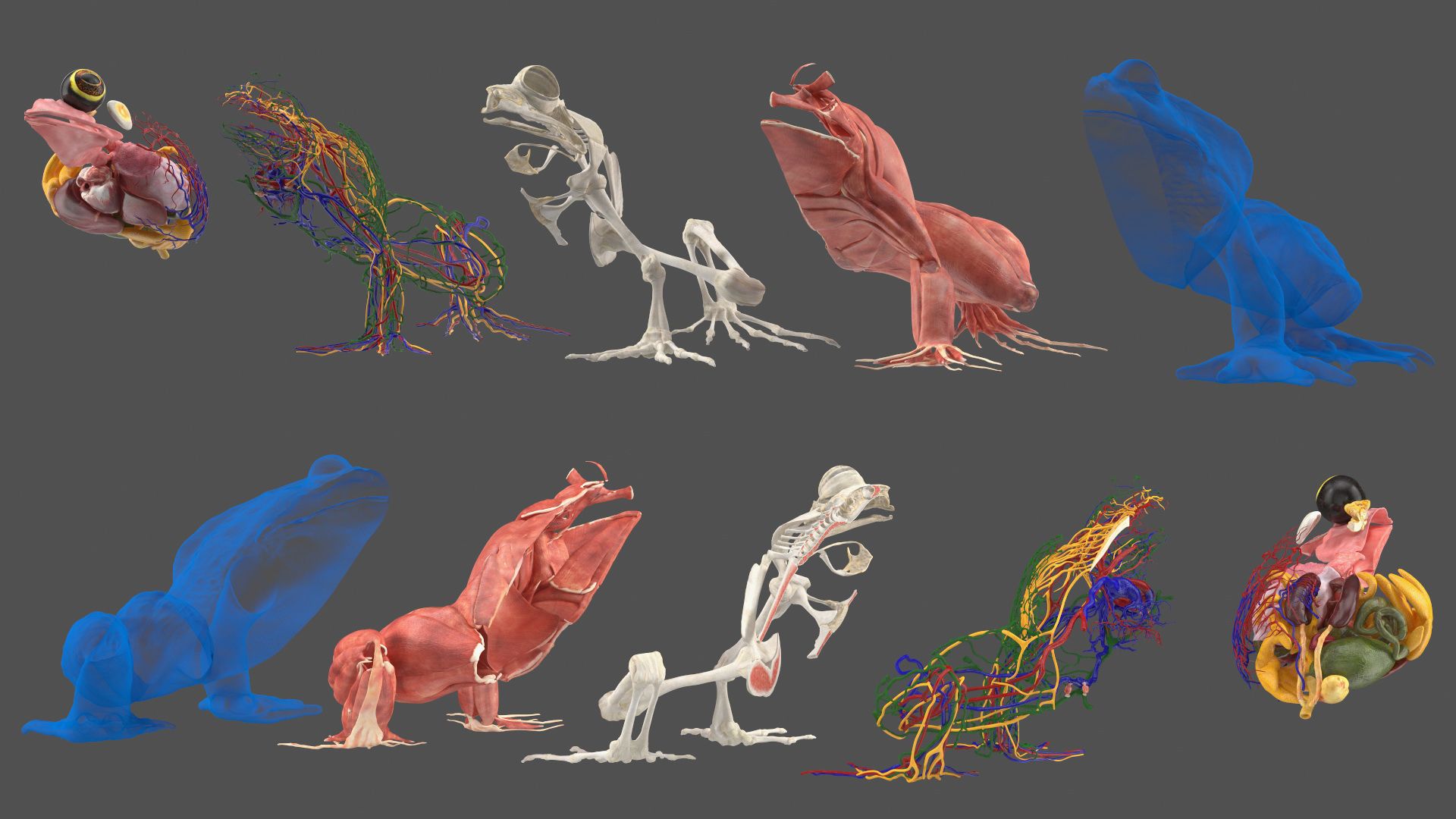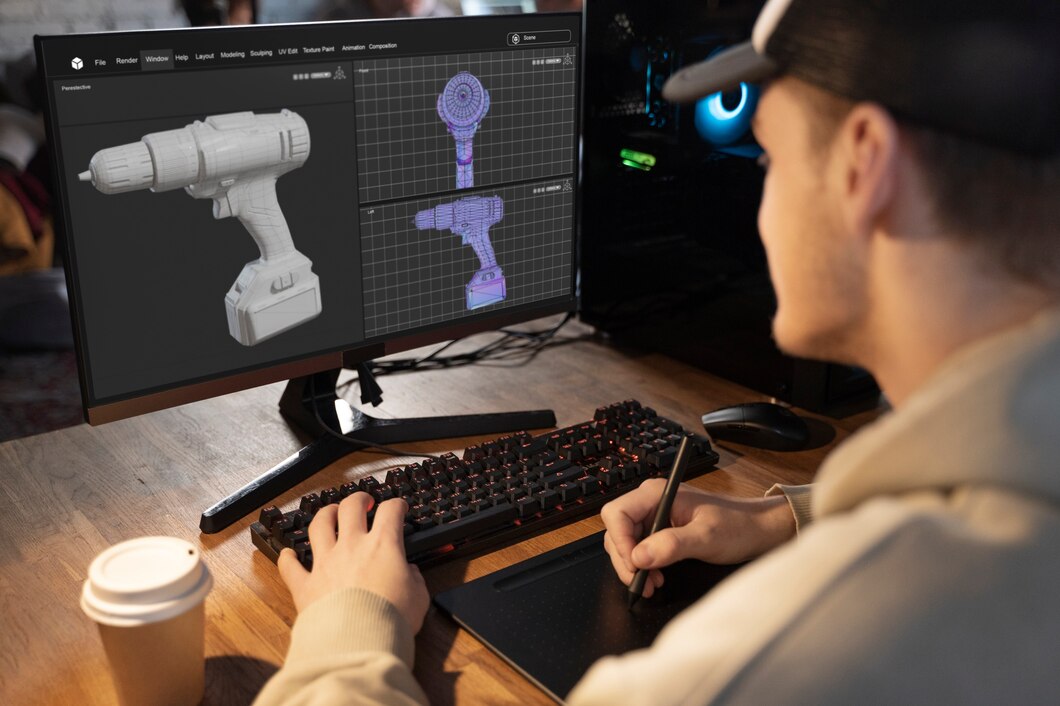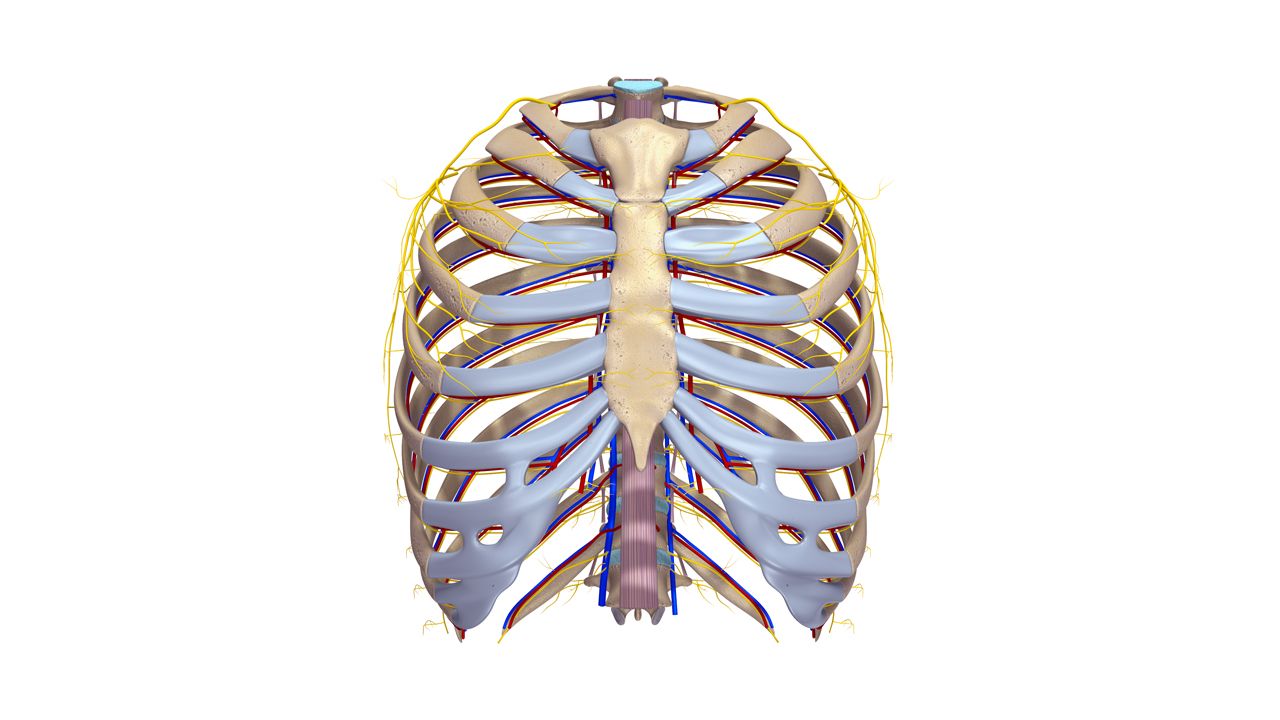
Enhancing Precision and Quality in 3D Printing: How To Guide
3D printing technology has swiftly emerged as a disruptive force, revolutionizing numerous sectors from design and manufacturing to medicine and architecture. As 3D printing’s presence expands, the pursuit for precision and quality in the output becomes paramount. This guide aims to provide insights on how to enhance the quality of your 3D printed works, ensuring they bear a perfect testament to your innovative ideas.

1. Understand Your Design:
Before delving into the printing process, a clear understanding of your design and its requirements can set the foundation for achieving high-quality prints. Consider the design’s intricacy, the print’s intended use, and the level of detail required.
2. Select the Appropriate 3D Printer:
The market presents a wide range of 3D printers, each with its unique set of attributes. FDM (Fused Deposition Modeling) printers are popular for their versatility and affordability; SLA (Stereolithography) and SLS (Selective Laser Sintering) printers offer higher resolution and precision. Your printer selection should align with your project’s demands and your budget.
3. Tune in Right Printer Settings:
The printer settings significantly influence the print quality. Layer height, printing speed, temperature, and infill density are a few critical settings that need careful calibration. A lower layer height and slower print speed can enhance precision and finish.
4. Use Quality Filament:
The filament’s quality directly impacts the print’s quality. Opt for reputable brands to ensure consistent diameter and composition. Additionally, store filaments properly as moisture and dust can harm their quality.
5. Calibration is Key:
A well-calibrated printer is the backbone of high-quality prints. Regular maintenance and calibration of the printer’s bed levelling, extruder’s flow rate, and belt tension can ensure consistent and quality results.
6. Comprehensive Design Software:
Investing in comprehensive 3D design software can elevate your designs, enabling higher precision. Softwares like AutoCAD, Fusion 360, or Tinkercad allow you to design with meticulous details and stringent accuracy.
7. Post Print Processes:
The journey to a high-quality print doesn’t end when the print is complete. Post-processing methods like sanding, painting, or applying sealants can drastically improve your print’s look and feel.
8. Keep Learning and Experimenting:
The 3D printing realm is ever-evolving with frequent advancements and innovations. Continuous learning and experimenting are integral to improving your print’s quality and precision.

Precision and quality in your 3D prints require patience, technical knowledge, and meticulous tuning of various parameters. Utilizing appropriate resources, investing in quality materials, and regular maintenance of your machine play decisive roles in enhancing print quality. As you embark on this exciting journey, remember that quality doesn’t arrive with the rush of speed but with the grace of time and experience. Whether you are a novice or tenured in the field, a high-quality, precise 3D print is a pursuit worthy of your dedication.



